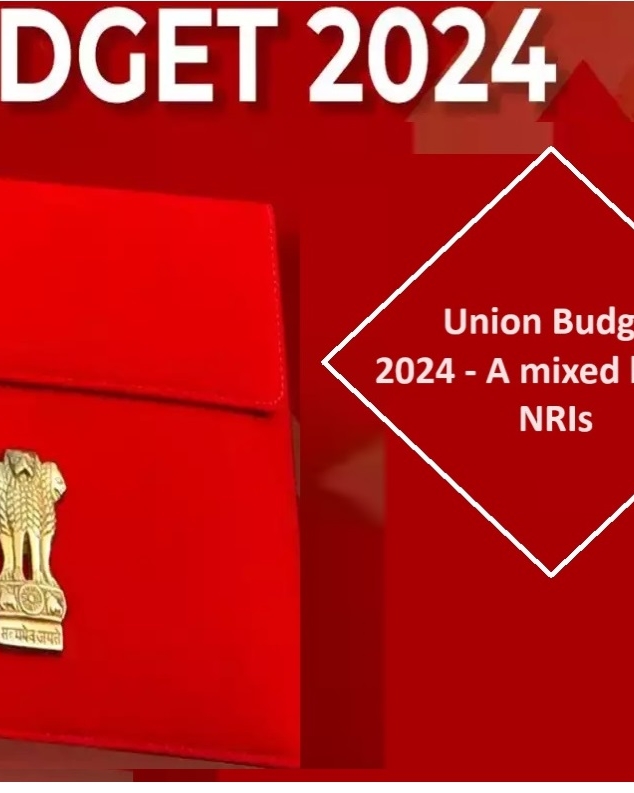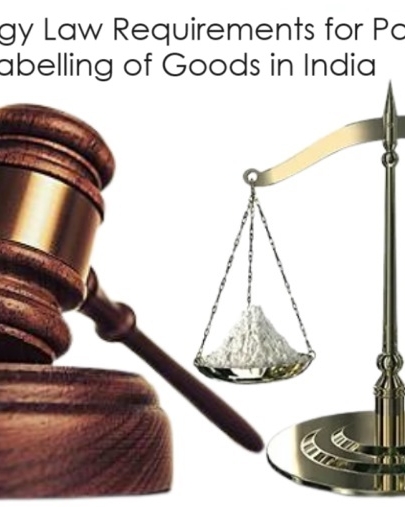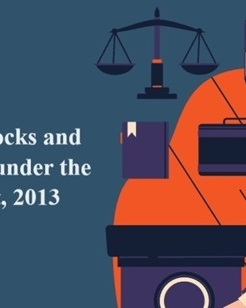Authors: Astha Garg, Senior Associate & Siddhant Puri, Associate at ZEUS Law.
Published in LiveLaw
It is not uncommon in today’s commercial landscape for disputes to arise from multiple contracts executed between different parties forming part of the same commercial transaction for the completion of a common project.
On 06.12.2023, a Constitution Bench of the Supreme Court of India passed its judgment in the case of Cox & Kings Ltd. vs. SAP India Pvt. Ltd[1]. The Supreme Court, in this landmark judgment, decided the reference made to them in Cox and Kings Ltd. vs. Sap India Pvt. Ltd.,[2] regarding the impending uncertainty surrounding the scope and applicability of the “Group of Companies Doctrine” in the arbitration domain by holding that a non-signatory party to an arbitration agreement can also be bound by the same arbitration agreement. Taking a step further, the Supreme Court has clarified that the determination pertaining to the Group of Companies Doctrine should not be interpreted to exclude the application of other legal doctrines and principles, such as agency, estoppel, intertwined nature of disputes, etc., for binding non- signatories to the arbitration agreement.
By way of this article, the authors seek to analyze, and extrapolate the scope of this latest ruling, for making a composite reference and consolidation of related arbitral proceedings.
Take, for instance, a simple illustration related to the real estate sector: A collaboration agreement is executed between a landowner and a developer to build a commercial complex. A subsequent construction agreement is executed between the developer and a contractor; which has a distinct arbitration clause. Unforeseen circumstances lead to delays in the project, prompting the initiation of arbitrations under both agreements – between the owner and developer for the delays in completion of the project and between the developer and the contractor for delays in completing the scope of works of the contractor. This results in two separate, though interconnected, arbitrations, possibly under the aegis of different arbitrators. However, for proper adjudication of the arbitration invoked by the landowner against the developer, the presence of the contractor in the dispute would be necessary. Without the induction of the contractor in the dispute between the landowner and the developer, the Act’s intended purpose is thwarted as a consequence of multiple proceedings, protracted adjudication, and escalated costs.
Composite Reference and Consolidation in the Indian Legal Landscape:
The practice of consolidating distinct yet interconnected arbitration proceedings has gained widespread acceptance both domestically and internationally within the arbitration sphere. While the Arbitration and Conciliation Act, 1996 (“Act”) does not provide for any specific provision, there are precedents of Indian Courts where the judiciary has shown a preference for incorporating this principle into the Act.
The Hon’ble Supreme Court in Chloro Controls (I) Pvt. Ltd. vs Severn Trent Water Purification Inc. & Ors[3] asserted its authority to consolidate disputes when ancillary agreements are intricately linked to the principal agreement and the performance of one agreement is inherently intertwined with others. The Apex Court recognized the notions of “composite transaction” and “composite performance” as prerequisites for making a “composite reference” to arbitration and in circumstances where:
- Ancillary contracts arise out of a main/parent contract;
- Towards the fulfilment of a single economic transaction; and
- When the doctrine of “group of companies” can be applied.
Relying on Chloro Controls, the Supreme Court in Ameet Lalchand Shah & Ors. vs. Rishabh Enterprises & Ors.[4] held that in a case where several parties are involved in a single commercial project executed through several agreements/contracts all the parties can be covered within the arbitration clause in the main agreement.
The correctness and validity of Chloro Controls (supra) was challenged before the Supreme Court in Cox and Kings Ltd. vs. Sap India Pvt. Ltd.,[5] whereby the issues relating to the Group of Companies Doctrine were referred to a larger Bench for further clarification. This reference has finally culminated into the abovementioned Supreme Court’s recent Constitution Bench judgment[6].
The Delhi High Court by its celebrated judgment passed in Gaurav Dhanuka & Anr. vs. Surya Maintenance Agency Pvt. Ltd.[7] invoked the “direct benefits” estoppel theory and the “intertwined estoppel theory” to refer a non-signatory to an arbitration proceeding. While directing the inclusion of the developer (a non-signatory) in an arbitration involving a dispute between the flat owner and the maintenance agency under the “maintenance agreement”, the Court clarified that this addition was not compelled by the “group of companies” doctrine. Instead, it was necessitated by the fact that the maintenance agency’s authority stemmed directly from the developer according to the terms of the “service agreement” executed between the Developer and the maintenance agency. The Court underscored that the builder/developer’s impleadment to the arbitral proceeding was mandated by the explicit connection established through the service agreement rather than a broad application of the group of companies doctrine.
International Institutional Arbitration vis-à-vis Composite Reference and Consolidation
To ease the process of adjudication of inter-connected disputes, the most established and prominent arbitral institutions in the world follow the practice of consolidation of arbitral proceedings. The rules made by these institutions empower them to consolidate arbitration proceedings under different factual situations. In contrast, some institutional arbitration rules still lack provisions for initiating composite references or consolidating arbitral proceedings without the explicit consent of the involved parties.
Foremost, the London Court of International Arbitration[8] (“LCIA”), empowers the arbitral tribunal to consolidate multiple arbitrations, upon an application by any party and giving other affected parties a reasonable opportunity to be heard, in the following scenarios:
With consent
- with the consent of all the parties to all such arbitrations at any stage; or
Without consent
- Arising out of the same arbitration agreement; or
- Arising out of compatible arbitration agreements and either (a) between the same disputing parties or (b) arising out of the same transaction or (c) series of related transactions
provided that no arbitral tribunal has been constituted by the LCIA for the other arbitration or if already formed, that such arbitral tribunal(s) is/are composed of the same arbitrators.
Similarly, the Singapore International Arbitration Centre[9] (‘SIAC’) also allows for consolidation of proceedings both with and without consent either prior to the constitution of the tribunal to the SIAC Court [Article 8.1] or after the constitution to the tribunal itself [Article 8.7] in the same circumstance as provided for by LCIA.
As a matter of practice, consolidation is more easily achieved under the SIAC Rules than under the LCIA Rules. This is primarily because the SIAC Court has the express power to revoke the appointment of any arbitrator where an application for consolidation is allowed[10]. The SIAC & LCIA Rules have a broadly similar scope of consolidation.
International Statutes on Composite Reference and Consolidation of Arbitration Proceedings
To prevent complications arising from numerous arbitrations and multiple awards, several countries have incorporated explicit statutory provisions in their laws. These provisions enable the consolidation of arbitral proceedings or the adjudication of a single arbitration arising out of multiple contracts conducted in an ad-hoc set-up. Essentially, this legal framework streamlines the resolution process by allowing the consolidation of related disputes, contributing to efficiency and coherence in arbitration outcomes.
The English Arbitration Act, 1996[11] (“the English Act”) specifically postulates the concept of consolidation of arbitration proceedings only with the consent of the parties involved. The English law, as such, has adopted an approach that favors strict adherence to the doctrine of party autonomy. Similar thresholds are applied under the Singapore Arbitration Act, 2001[12].
In the United States, arbitration proceedings are consolidated on a case-by-case basis, with variations at both the State and Federal levels. Despite the Federal Arbitration Act being silent on consolidation and lacking direct guidance on composite references in arbitration, Federal Courts lean towards favoring consolidation when there is an explicit contractual provision, underscoring the importance of mutual consent between the involved parties.[13]
The concept of consolidating arbitration proceedings often lacks explicit statutory support in the arbitral frameworks of many countries. In such instances, the judiciary relies heavily on arbitration agreements as the foundational basis for consolidation.
As per the jurisprudence on the subject, consolidation of the proceedings and composite reference is broadly allowed under the following circumstances, where:
- All parties agree to consolidation;
- All claims are made under the same arbitration agreement;
- The arbitration agreements are compatible, and the disputes arising out of
- The same legal relationship.
- Contracts comprising principal contracts and ancillary contracts.
- The same or a series of transactions.
Conclusion
Given the complex and multi-faceted nature of modern-day commercial transactions, it is the opinion of the authors that it is imperative for there to exist an ecosystem that supports composite reference and consolidation of arbitration proceedings arising out of different agreements directed towards the same transaction to ensure efficient and cost-effective arbitrations.
The Supreme Court’s recent judgment in Cox & Kings (supra) is yet another progressive and pro-arbitration precedent applying the principles as laid down by the Courts of England and Singapore within the Indian context for making non- signatories party to the arbitration proceedings. However, there still remains lack of clarity and numerous challenges as regards the procedure to be adopted while adjudicating composite reference and consolidation of related arbitrations. And more importantly, the manner of passing of arbitral awards arising out of such arbitrations and their execution.
To foster legal clarity and uniformity within legal precedents, it is suggested that legislative authorities actively consider formalizing the principle of comprehensive dispute resolution through arbitration in the existing legal framework. This involves incorporating explicit provisions within the Act that address the consolidation of proceedings as well as making provisions for composite reference. The Expert Committee entrusted with the task of reviewing the Act may find it worthwhile to address this issue. This proactive step would contribute to a more robust legal framework, ensuring that the principle of composite adjudication are firmly entrenched within the statutory framework of the Act.
Authors: Astha Garg, Senior Associate, ZEUS Law Associates, and Siddhant Puri, Associate, ZEUS Law Associates [views of the Authors are personal]
[1] Cox & Kings Ltd. vs. SAP India Pvt. Ltd. [2023 SCC OnLine 1634]
[2] (2022) 8 SCC 1
[3] (2013) 1 SCC 641
[4] (2018) 15 SCC 678
[5] (2022) 8 SCC 1
[6] Cox & Kings Ltd. vs. SAP India Pvt. Ltd. [2023 SCC OnLine 1634]
[7] MANU/DE/2477/2023 [ARB.P. 1296/2022; Judgment dated 17.04.2023]
[8] London Court of International Arbitration Rules, 2020, Article 22A (“LCIA Rules”).
[9] Singapore International Arbitration Centre Rules, 2016, Rules 6 & 8.
[10] Id, Rules 8.6 and 8.10.
[11] English Arbitration Act, 1996, Section 35.
[12] The Statutes of the Republic of Singapore, Arbitration Act, Original Enactment: Act 37 of 2001, Section 26.
[13] Andrijana Misovic, ‘Binding non-signatories to arbitrate: the United States approach’ (2021) 37(3) Arbitration International 749-768.





















